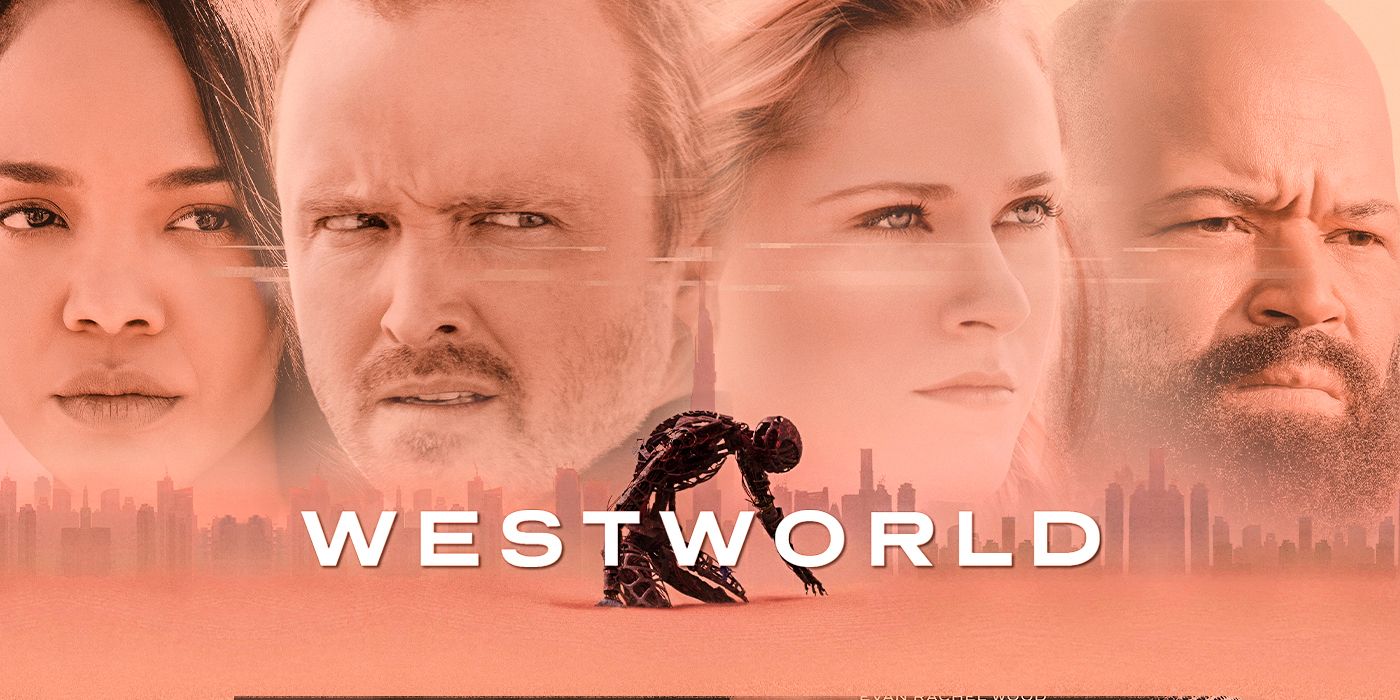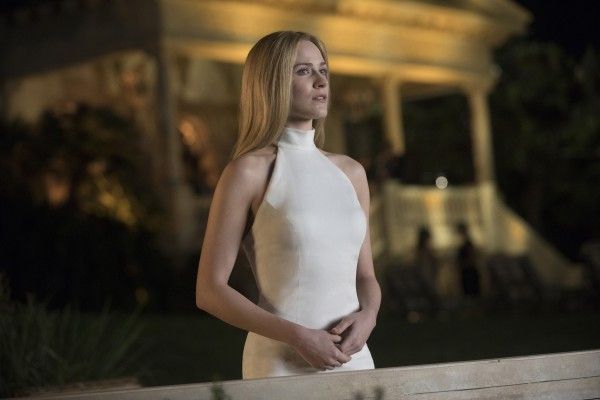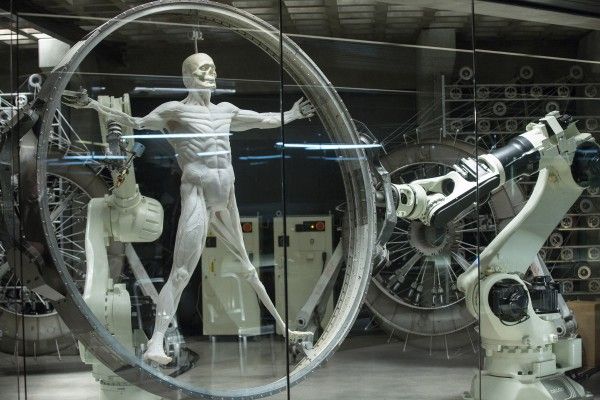HBO searched for another high concept genre show that seemed like it could generate the same viewership spikes and loyal fanbase of Game of Thrones, and Westworld looked like it could fit that bill. Inspired by the 1973 sci-fi western classic of the same name, Westworld explores the relationship between humanoid androids developing their own consciousness and wealthy guests who unleash their primal desires within a futuristic amusement park. The twisty storyline from Jonathan Nolan and Lisa Joy reflected on the moral and philosophical debates surrounding artificial intelligence through a highly complicated, interlocking narrative.
The premise seemed to take off; Westworld became one of the network’s most popular shows and amassed an audience that enjoyed tracking the nonlinear storyline and shocking twists each week, and the series was showered with Emmy nominations including Best Drama Series. Although it started off with a bang, the fan base grew more niche in subsequent seasons, with HBO’s chief Casey Bloms even admitting it “wasn’t for casual fans” when season two concluded. Compared to the fervor it had initially inspired, Westworld’s third season had little impact. Ratings were dwarfed and the show was virtually shut out of awards races.
Westworld season three dramatically changes up its locales, transitioning the story from the dystopian theme park to a Blade Runner-esque cyberpunk metropolis. The narrative approach is slightly more streamlined with events told linearly and flashbacks clearly indicated, but Westworld was still as confusing as ever; if you’ve kept track of whether each character is a human or host, you’re one of the few. However, the world of Westworld is worth investing in regardless of storytelling gimmicks. Season three was a necessary evolution that indicated a promising future for the show that finally left the “Westworld” park behind.
A futuristic cityscape is the perfect setting for Westworld, as the noir backdrop epitomizes the mystery that had been integral to the series. It wasn’t just the western motifs that defined the first two seasons, but the genre itself. The hosts were designed to be “heroes” or “villains,” and their human counterparts fulfilled similar roles. Freed from the constraints of a simulated storyline, the hosts had to contend with the fluid nature of reality, and the humans had to adjust to a world where consequences weren’t contained to an amusement park.
Season two suffered from repetitive archetypes, but season three opened up the story’s viewpoint. The park itself was designed by Ford (Anthony Hopins) to be a slick, appealing attraction, but the outside world has already incorporated AI within everyday life. Getting to see the perspective of working class construction workers and villainous tech companies beyond Ford’s organization Delos made the universe feel lived in. It was refreshing to see characters who’ve grown accustomed to the existence of Westworld, even if they’ve never experienced it firsthand.
When season three does revisit the parks, it opens up to new environments without burying them in revelations. The first two seasons only briefly explored “Shogun World” and “The Raj” by dedicating entire episodes to exploring them, but the third season fluidly integrates the other parks. The World War II-era “Warworld” only needed a brief sequence in which Maeve (Thandie Newton) reunites with her former allies to serve its story function, and a brief (if somewhat distracting) cameo by David Benioff and Dan Weiss hinted at “Fantasyworld” without dedicating laborious time to it.
Jonathan Nolan’s love of narrative loops is longstanding; everything from Inception to Memento has explored recurring events and scenarios, and in Westworld the hosts are literally on “loops” where they’re assigned to a preordained storyline. Although season three sees most of the host characters freed from the loops they were bound to in the park, the cycles became more thematic. The heroic Maeve reflects on whether she’s bound to aid those in need regardless of her desire for peace, and Dolores (Evan Rachel Wood) gradually realizes that she’s tasked with playing the villain. Rather than search for where these loops began, the characters have grown to accept them.
The new characters introduced exist within the show’s established history, and are directly impacted by the events of previous seasons. Construction worker Caleb (Aaron Paul) is left unemployed due to the emergence of construction droids, and during his wartime experience the military experimented on his mind using deceptive techniques similar to the ones Westworld’s creators used to develop the hosts. It's a wrinkle within the theme of “fiction vs reality” that doesn’t step on too much familiar territory. It progresses Westworld’s technological advancements by imagining how an oppressive military-industrial complex would utilize them.
The new main antagonist Engerraund Serac (Vincent Cassell) emerges as a result of Westworld’s consequences. Serac was left orphaned by a devastating terrorist attack in Paris, leaving him desperate to seek order amidst the chaos. Serac saw humanity at its worst and predicted that the hosts designed by mankind would adopt their destructive qualities, and decides to use his wealth to steal Delos’s resources and seek worldwide annihilation. While having the park’s creator Ford toy with each character’s reality worked to develop the characters’ origins within the first two seasons, Serac is effective because his motivation and goals are finite.
The action also grew more creative with a focus on simulated reality, not subverted entertainment. Considering the hosts can be rebuilt after significant injury, forcing them to solve the puzzle behind a complex maze where entire sequences are set within AI environments heightens the stakes. That same intrigue is felt by the human characters through the psychedelic drug “genre,” which integrates trippy visuals within setpieces bound by physics.
Every good computer system needs a hard reboot every once in a while, and in its third season Westworld revels in a new genre influence without sacrificing its integral concepts. The timeline may be inside-baseball, but even when losing its clarity, Westworld promises high entertainment value. The show found a direction needed to sustain itself, evident from the soundtrack choices alone. While season one concludes with a cold, contemplative rendition of Radiohaead’s “Exit Music For A Film,” season three wraps with Pink Floyd’s “Dark Side Of The Moon” in a bombastic dedication to spectacle.



